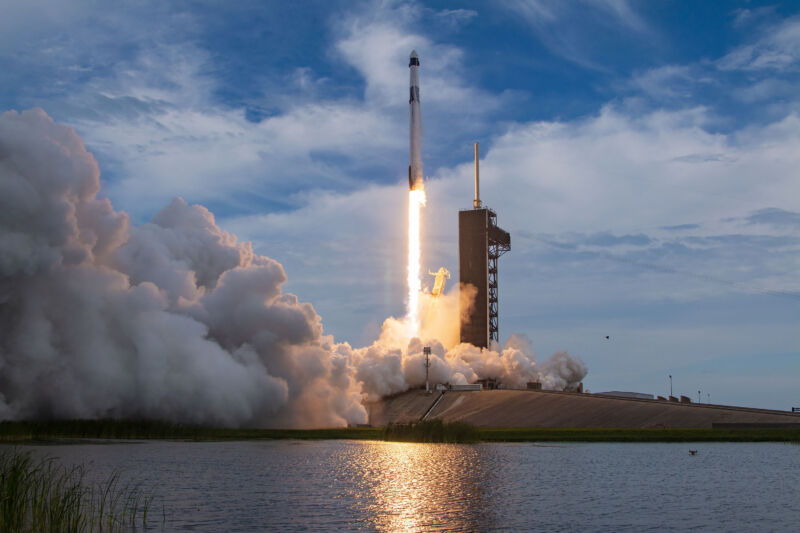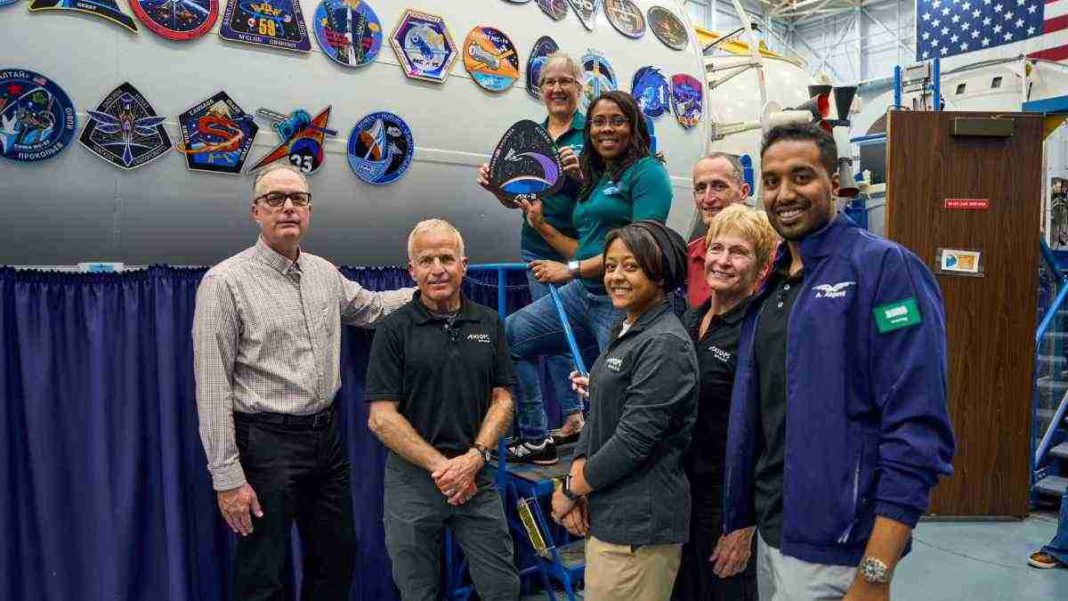
SpaceX on Sunday evening launched a commercial mission to the International Space Station carrying four people, including former NASA astronaut Peggy Whitson.
This "Axiom-2" mission was commanded by Whitson and carried a paying customer named John Shoffner, who served as pilot, as well as two Saudi Arabian mission specialists, Ali al-Qarni and Rayyanah Barnawi. Shoffner and the government of Saudi Arabia procured the seats on Crew Dragon from Axiom, a Houston-based spaceflight company that brokered the mission to the space station. Whitson is an employee of Axiom.
The crew of four is flying the second fully private mission to the International Space Station and will spend about a week on board the orbiting laboratory before departing for Earth—weather permitting—on May 30.
Axiom's missions appeal to potential customers for a variety of reasons. Some of the allure, undoubtedly, is space tourism and an opportunity to stay at the only space hotel in the known universe. There are only two space stations in orbit, and one is controlled by the Chinese government and, at present, open only to that nation's astronauts. But for countries like Saudi Arabia, such a mission also offers an alternative fast route to the prestige of spaceflight for its citizens outside of partnering with Russia or creating a home-grown human spaceflight program.
The Axiom-2 crew members say they will conduct about 20 scientific experiments while on the station. It is not clear how much of this is legitimate science and how much of it is lip service, but certainly it is beneficial for NASA and other space agencies to gather human performance data from a wide variety of individuals like those on the Axiom-2 flight.
Perhaps most significantly, the Axiom missions are expanding the envelope of human spaceflight. By purchasing such flights, these pioneering commercial astronauts are providing funding for the development of new technologies and habitats that should, over time, bring down the cost of access to space and living there.
For SpaceX, this was its 10th human space mission since the Demo-2 flight for NASA that launched in May 2020. In less than three years, the company has now put 38 people into orbit. Of these, 26 were professional astronauts from NASA and its international partners, including Russia; eight were on Axiom missions, and four on Jared Isaacman's Inspiration4 orbital free-flyer mission. Isaacman is due to make a second private flight on board Dragon, Polaris Dawn, later this year.
SpaceX has rapidly become the world's most prolific provider of orbital human spaceflight. Although China started its human spaceflight program in October 2003, in the nearly two decades since then, it has launched 26 astronauts into space. In the last three years, Russia has put 24 people into space.
Also on Sunday, for the first time, SpaceX returned a Falcon 9 first stage to a ground-based landing pad near its launch site after a human spaceflight mission. The company was able to do this by squeezing a little bit more performance out of its workhorse rocket, which has now launched more than 230 times.



3175x175(CURRENT).thumb.jpg.b05acc060982b36f5891ba728e6d953c.jpg)
Recommended Comments
There are no comments to display.
Join the conversation
You can post now and register later. If you have an account, sign in now to post with your account.
Note: Your post will require moderator approval before it will be visible.